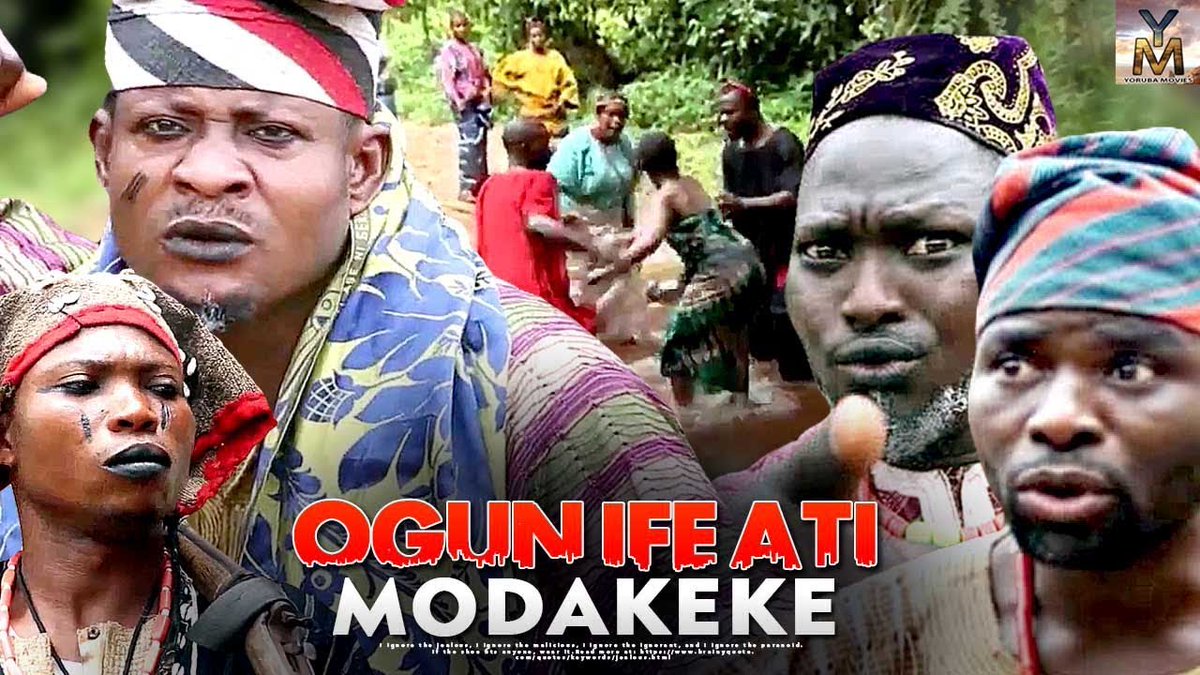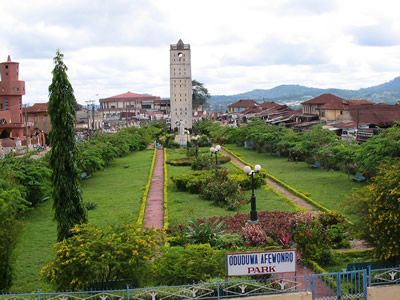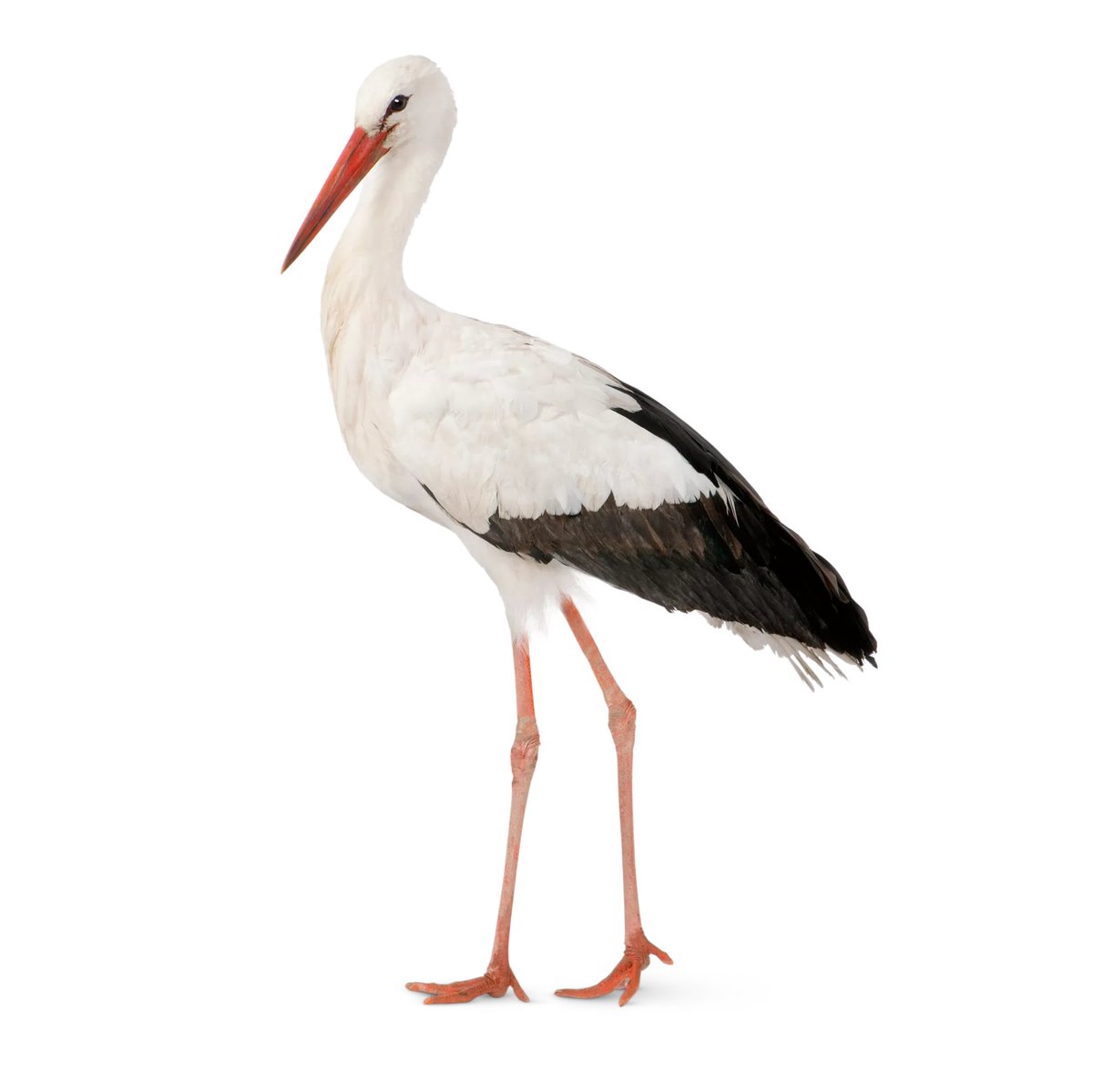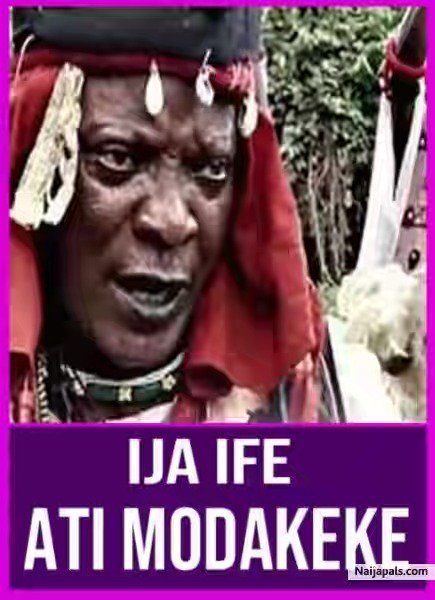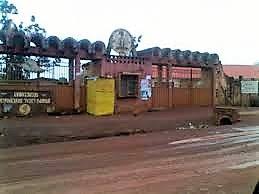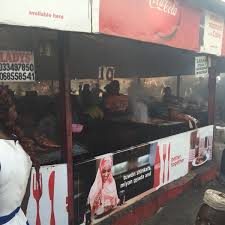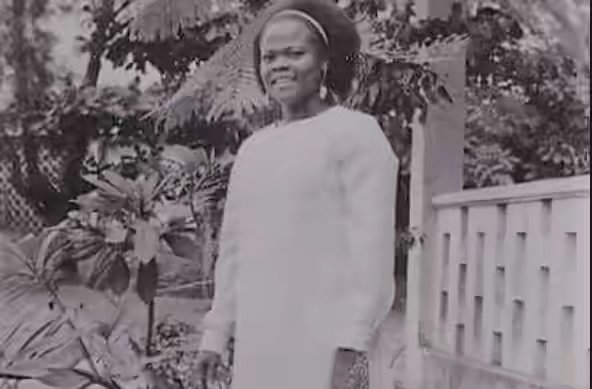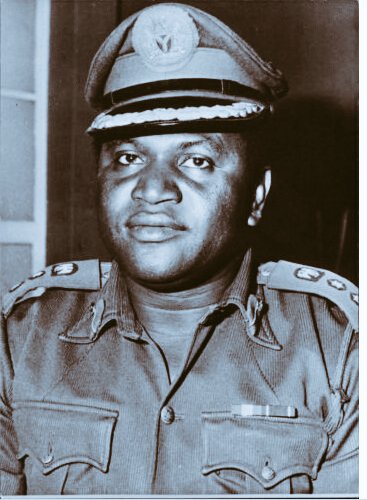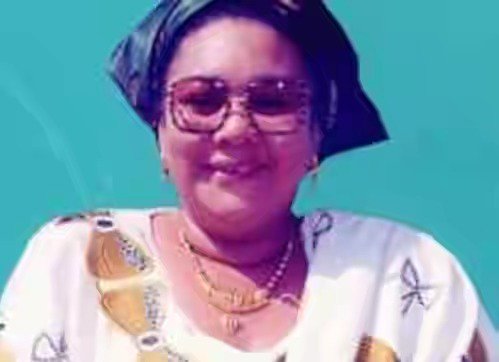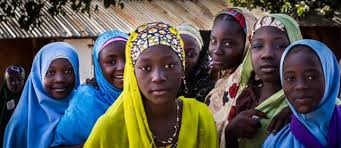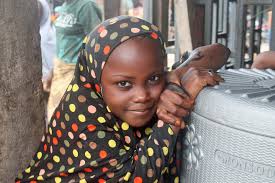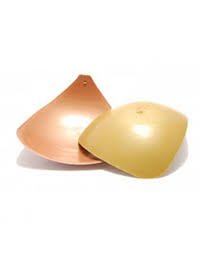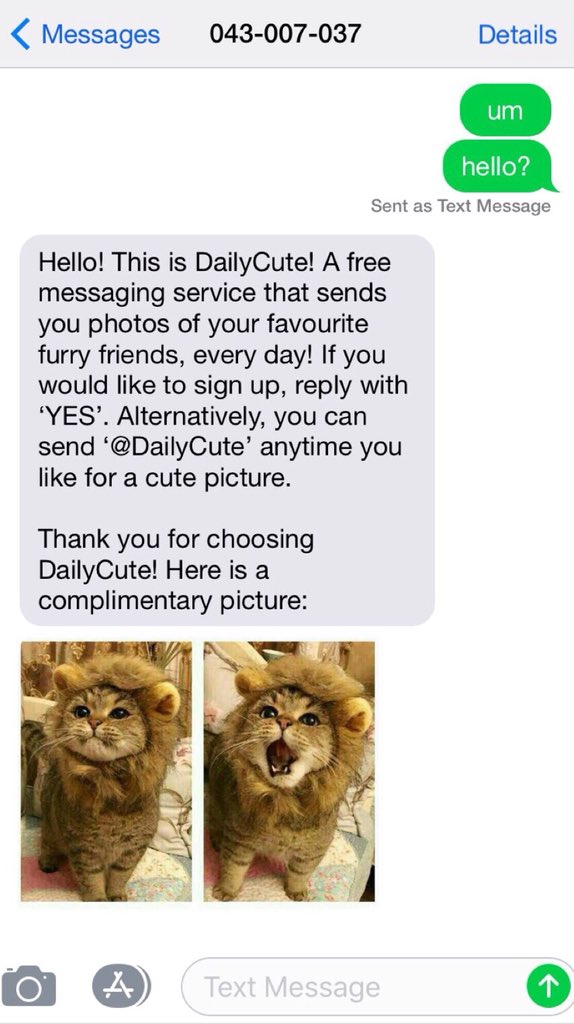Thanks for reading my stories always.
STORY TITLE : IJA IFE ATI MODAKEKE
#thestory_teller
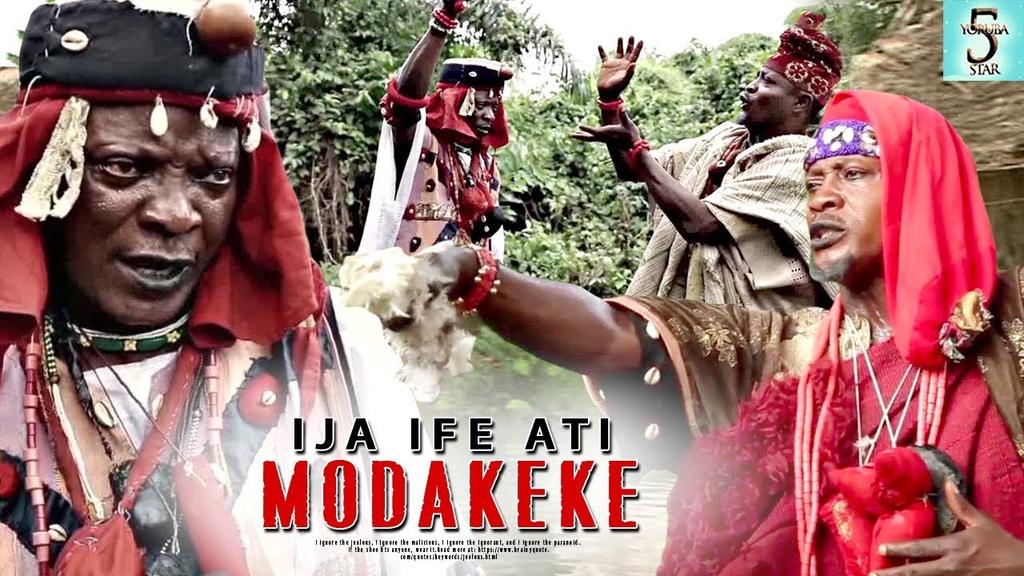
#ifemodakeke
#thestory_teller
#ifemodakeke
#thestory_teller
#ifemodakeke
To be cont
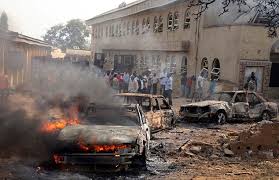
#ifemodakeke
#thestory_teller

#ifemodakeke
#thestory_teller
#ifemodakeke
#thestory_teller
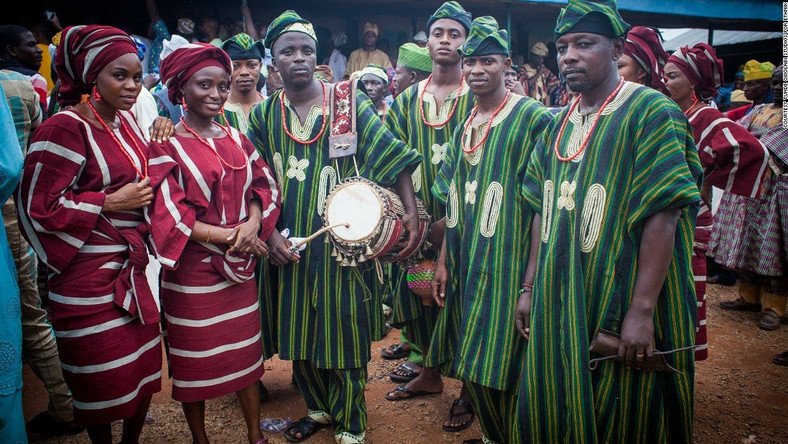
#ifemodakeke
#thestory_teller
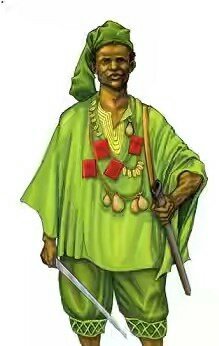
#ifemodakeke
#ifemodakeke
#thestory_teller
#ifemodakeke
#ifemodakeke
#ifemodakeke
#ifemodakeke
#ifemodakeke
#thestory_teller
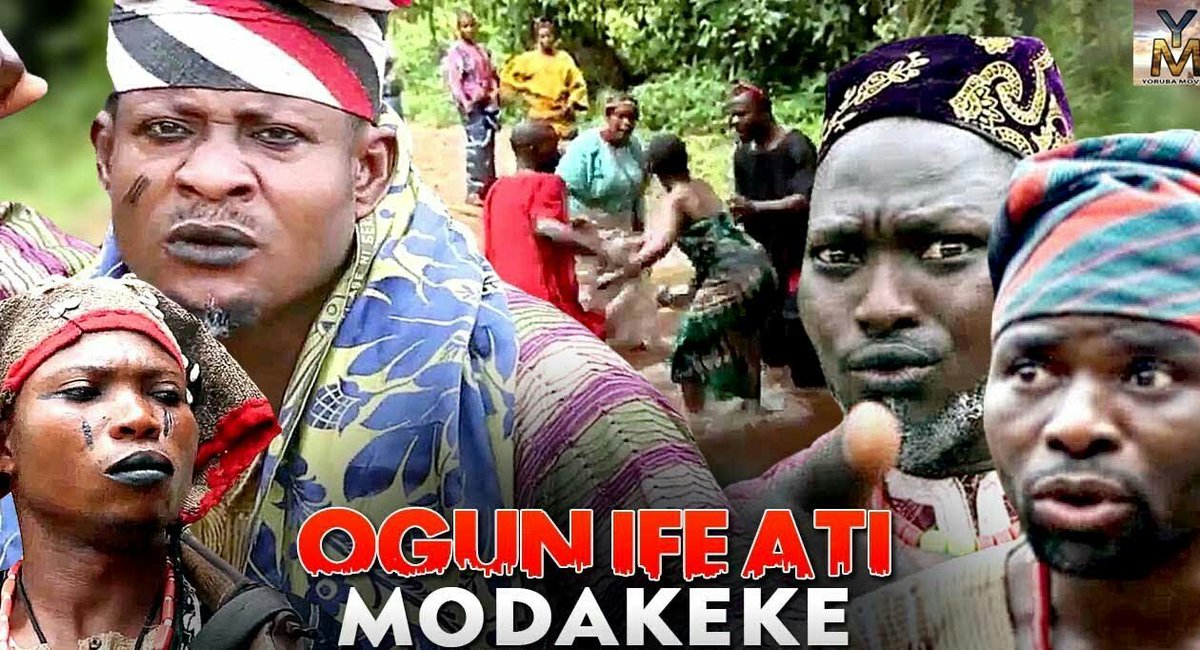
#ifemodakeke
#thestory_teller
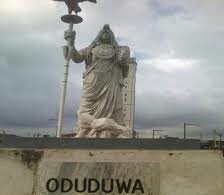
#ifemodakeke
#thestory_teller
#ifemodakeke
To be continued by 7pm today
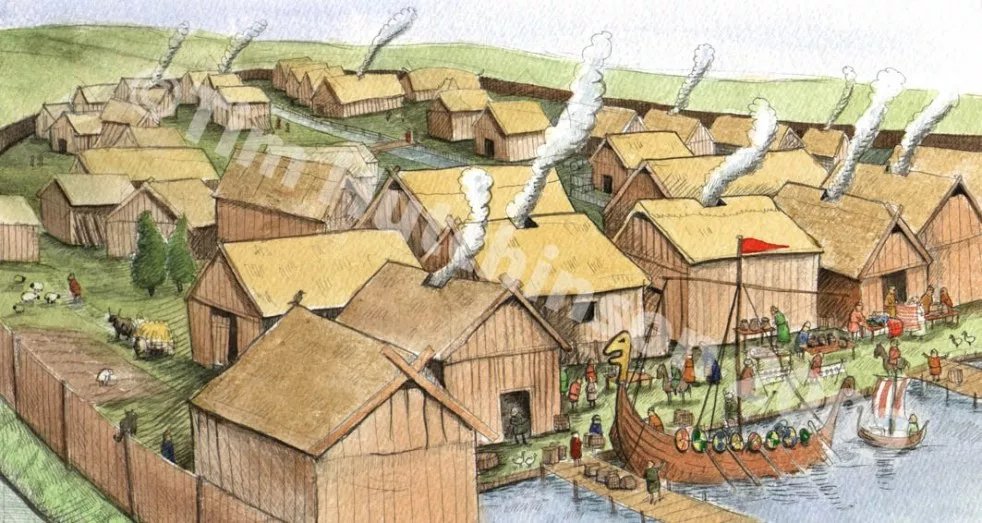
Oyo-Ile was a town generally agreed to have been founded by the legendary Ife prince known as Oranmiyan which grew to become an empire
#ifemodakeke
#ifemodakeke

By 18th century, Oyo was marred by internal problems that affected the military strength and activities it was known for. This was such that it became helpless in the face of the raids and eventual dispersal. #ifemodakeke
#ifemodakeke
#ifemodakeke
#ifemodakeke
#ifemodakeke
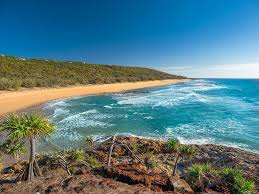
#ifemodakeke
#ifemodakeke

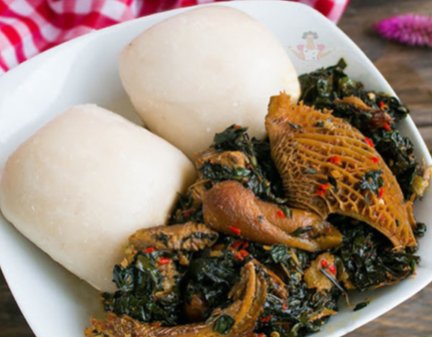
#ifemodakeke
#ifemodakeke
Some notable instances of the integration attempt between the people of Ife and the refugees are Ajombadi of Ijaye, settled at Oke-Esho; Wingbolu of Oko, settled at Iyekere; Ojo-Bada from Aragberi, settled in Ijugbe
#ifemodakeke
#ifemodakeke
Thanks for coming this far with me.
STORY continues today, 10pm NG time.
#ifemodakeke
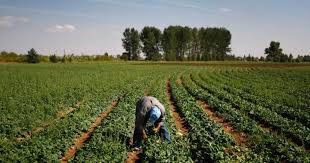
#ifemodakeke
#ifemodakeke
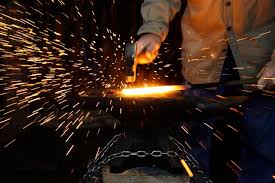
#ifemodakeke
The refugees and their host enjoyed military cooperation.
#ifemodakeke
#ifemodakeke
The death of Maye Okunola in Ibadan in the hands of the refugee army precipitated the Ife’s loss of political and military control of Ibadan
#ifemodakeke
#ifemodakeke
#ifemodakeke
Given d fact that they were refugees from different Oyo-Yoruba towns, d refugees did not have a single nomenclature they were known by before and after their temporary re-settlement on a new expanse of land.
This term was later adopted by the refugees who began to regard themselves as Modakeke. The etymology of toponym has a variant which states that the migrant Oyo people
#ifemodakeke
#ifemodakeke
The location at which the Modakeke were settled was contiguous to the Apesan market, a place where the Ondo-Ijebu trade route entered Ile-Ife.
#ifemodakeke

#ifemodakeke

#ifemodakeke

#ifemodakeke
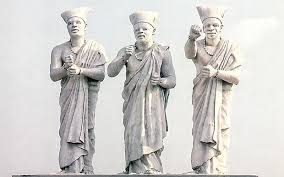
#ifemodakeke

#ifemodakeke
#ifemodakeke
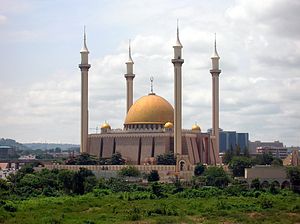
#ifemodakeke

#ifemodakeke
#ifemodakeke
#ifemodakeke
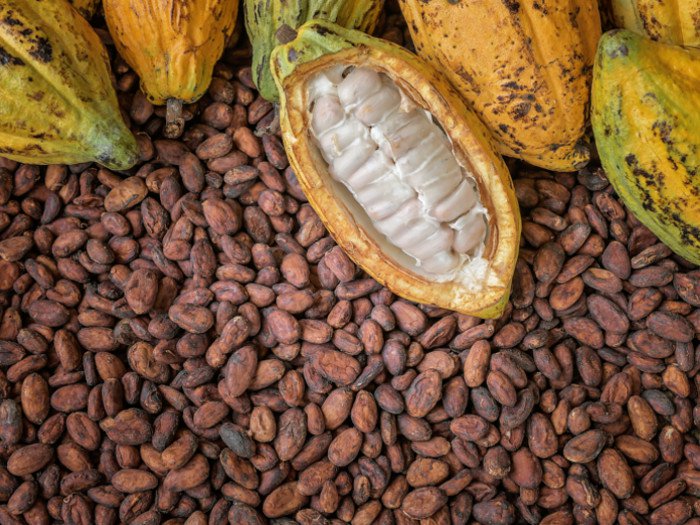
#ifemodakeke
Join me today by 7pm for the concluding part of this story, I am grateful for following till this time.
See you soon.
#ifemodakeke
#ifemodakeke
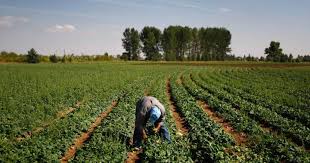
#ifemodakeke
#ifemodakeke
#ifemodakeke
#ifemodakeke
#ifemodakeke
#ifemodakeke
#ifemodakeke
#ifemodakeke
Let us all embrace #Peace
THE END.
#ifemodakeke
And I come to the end of this story, many thanks to the great work of Elugbaju Ayowole .S.
